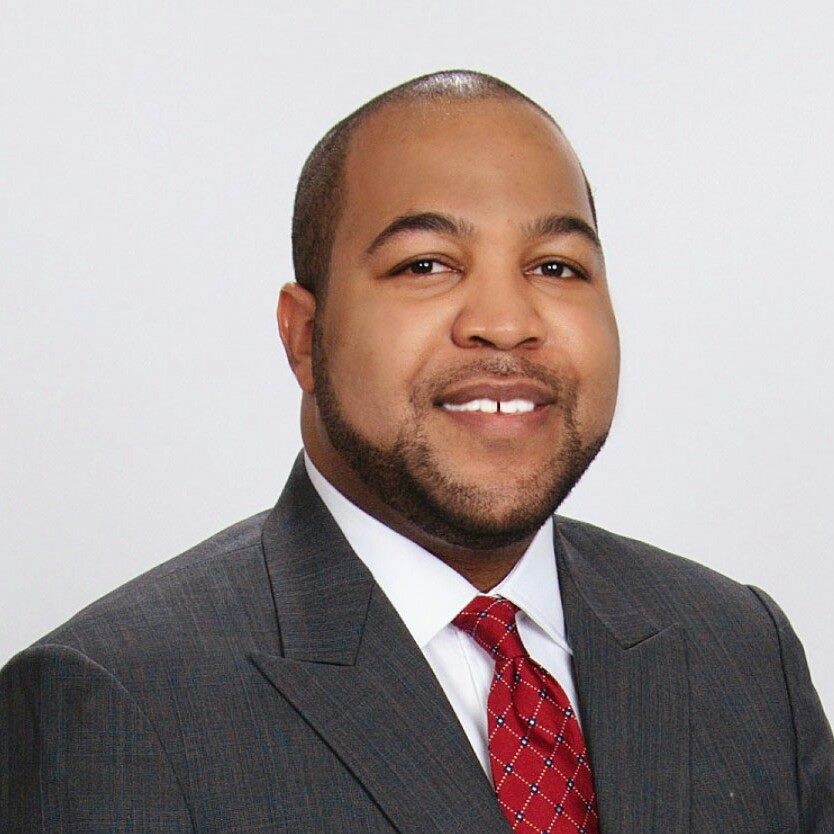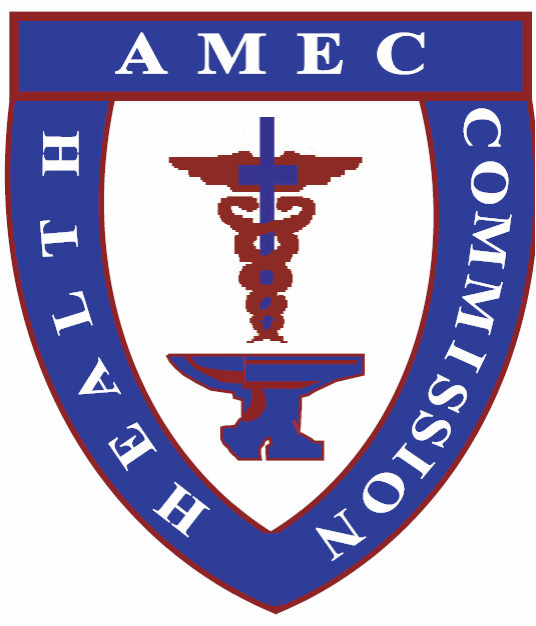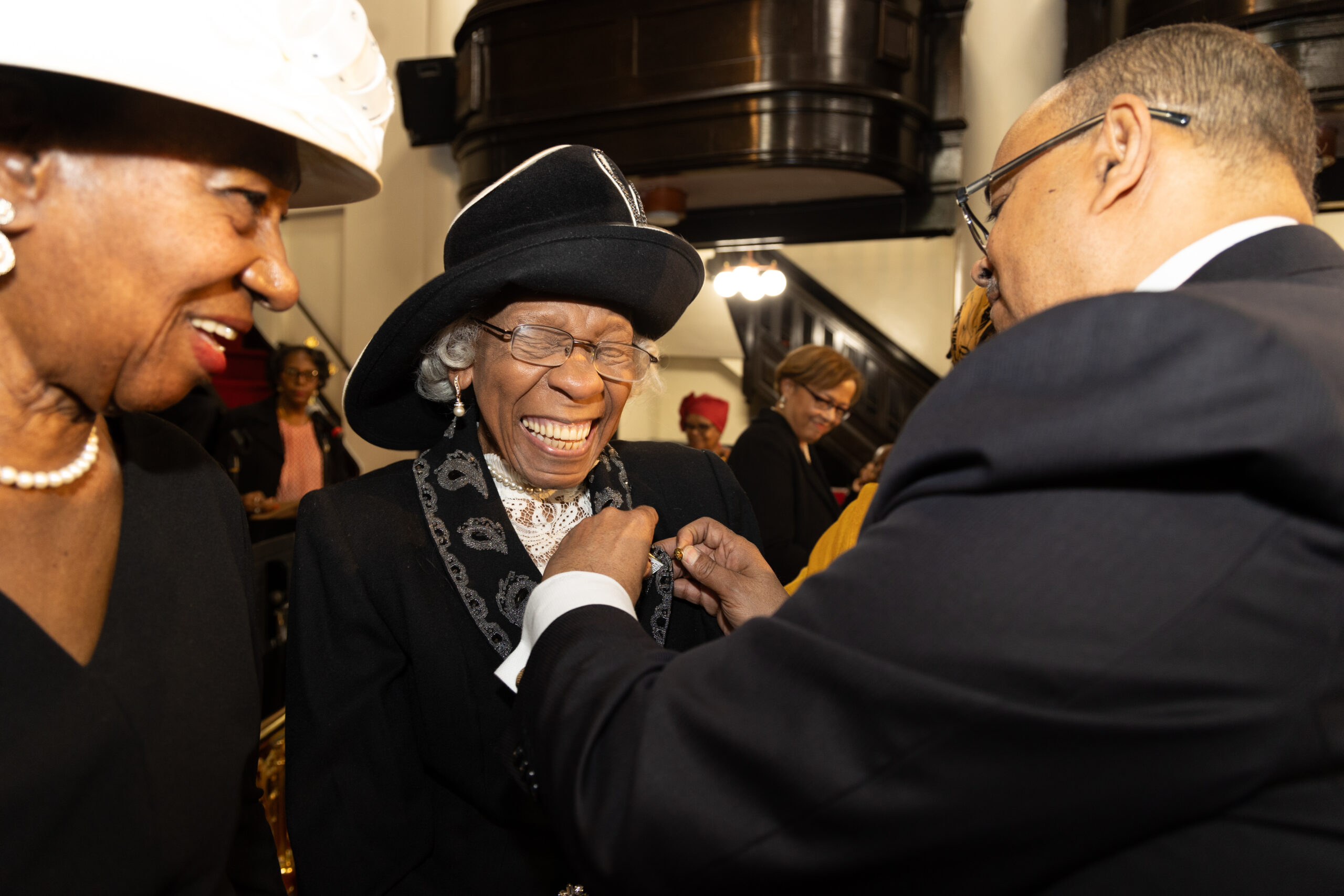Feet in the Sand and Heads in the Clouds: The Future of the AME Church
By John Thomas III, Editor of The Christian Recorder
With little over a year to the next session of the AME General Conference, the “street committee” is kicking into high gear are asking poignant questions: Who will be elected to serve in the Church’s highest offices? Where will the bishops be assigned? What legislation will be presented?
On July 16, 2020, we will have the answers to all these questions and seamlessly move into a new round of speculations leading to GC 2024. The future of the AME Church, however, is not just what happens from session to session of the General Conference. As the communities we serve shift, the attendance rolls shrink, and the retirement of clergy from the “Baby Boomer” generation looms with no clear succession plan, the world around and within the AME Church is changing.
We constantly utter the refrain, “The best days of African Methodism are before us, not behind us!” However, this trope is a lullaby sung in the face of balance sheets, membership rolls, and Board of Examiners’ reports that tell a far different story. It is the comforting embrace of nostalgia combined with the fear of dealing with unmistakable seismic changes that paralyze this denomination from creating an incredible future. Much of our leadership and membership seem content to stand with their feet in the sand and their heads in the clouds.
“Feet in the sand” refers to our shifting assumptions that no longer form a stable foundation for our reality. For example, there is an assumption that a congregation’s physical location is appropriate because it’s been there for decades. The reality is that many of our urban churches are now isolated from their current communities and are congregations with few local ties. We assume that persons under40 will come back to our congregations after their lives become settled because “that’s what always happens.” Recent research from respected groups like the Pew Foundation and Gallup Polling shows that persons from Generation X and Millennials are less likely to affiliate with organized denominations and the trend is growing. We assume that the history and legacy of African Methodism will guarantee its relevancy in our communities and the broader society. The reality is that many of our current influential leaders will retire within the next decade, leaving a void in leadership within the denomination and impacting our standing with the outside world.
“Heads in the clouds” refers to being out of touch with current situations before us. For instance, the cost of higher education has risen exponentially, in the United States, which impacts the ministry pipeline. The requirement and cost of higher education deter persons from beginning the ordination process and entering the pastorate because of fear that they will never be able to achieve financial security. Changes in employment practices have made frequent weekday meetings inaccessible for most laypersons and bi-vocational clergy under 50 because of the limitation of vacation time and employee benefits. Paradoxically, this leaves our leadership in the hands of persons who will not see the future they are creating. AMEs outside of the United States are increasingly restive with the neocolonial impulses of the Connectional Church demonstrated by a lack of tangible investment in spiritual, educational, and economic development combined with restricted access to leadership roles in the denomination’s hierarchy.
While members across the Connection have articulated all these points, there appears to be no desire to move from talking about “the future” to seriously planning how the AME Church can prepare itself for the next 100 years and beyond. Part of this paralysis comes in the fact that many of the persons who have the responsibility to chart the course have been shocked into numbness due to the changes they have seen in their lifetimes. These not only include the rapid shifts in technology, but also the shifts in the African American community that have buttressed the standing of the institutional church as one of its key pillars.
With so much changing, it’s tough to know where to start. In many places, this has led to an increasingly dangerous state of inaction cascading down from the Episcopacy to the local church. Many are so intent on eking out their existence that they do not see the waves coming to the sand or the emerging thunderstorm.
The future the AME Church will be the future that we make. The creation of the “AME Future Fund,” for example, with the proceeds of the sale of the Sunday School Union Building is the single largest infusion of cash into the denomination in a generation. However, the AME Future, Inc. Board of Directors will largely not be around to see the future that they are planning.
The strategic planning process, largely stalled after its first series of recommendations, is needed more than ever if we are to think clearly and calmly about the decisions that need to be made. If our leadership and members continue down the current path, we will see little mention of ourselves beyond museums and obituaries. There is still time to confront these issues while we have the financial and intellectual capital to do so. Yet, time is growing short. Second Timothy 1:7 says, “For God did not give us a spirit of cowardice, but rather a spirit of power and of love and of self-discipline.





